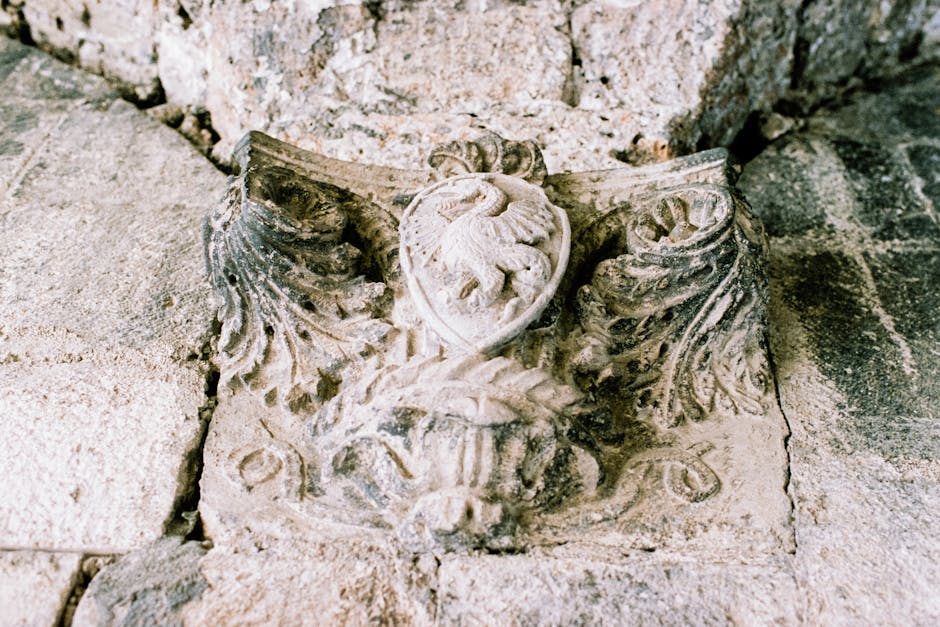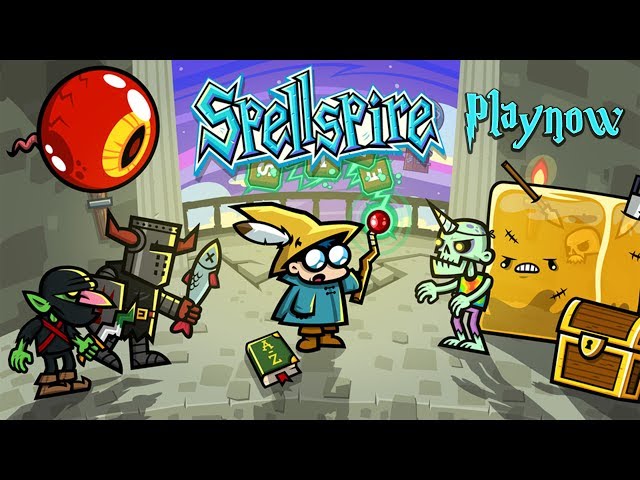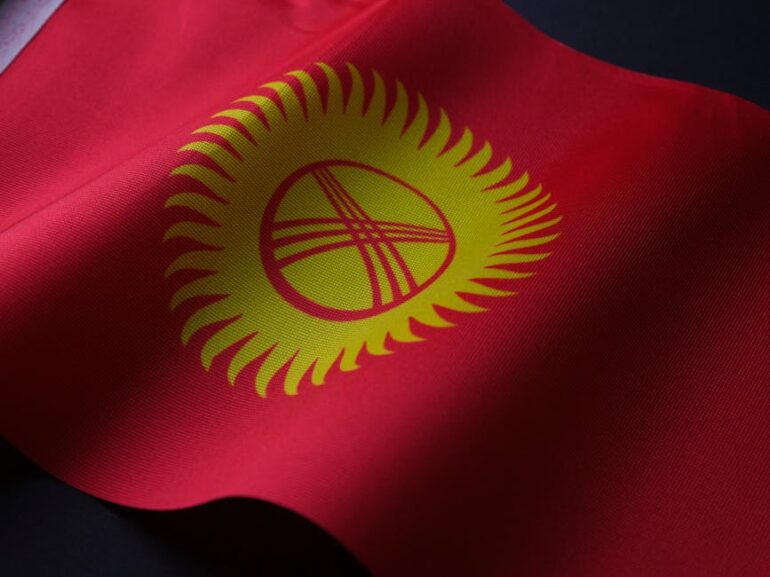In the vast landscape of role-playing games, few franchises command the same level of reverence and fervent anticipation as BioWare’s Dragon Age. For over a decade, this dark fantasy epic has captivated players with its rich, politically charged world, morally complex characters, and a core design philosophy built on the profound weight of choice. From the blight-torn lands of Ferelden to the fractious city-state of Kirkwall and the sprawling continent-spanning conflict of the Inquisition, the series has consistently delivered narratives that are both epic in scope and deeply personal. Now, as the shadow of the Dread Wolf looms larger than ever, the world of Thedas braces for its next chapter: Dragon Age: The Veilguard. This is more than just a preview of a new game; it’s an examination of a legacy and a look ahead to a conflict that has been brewing for millennia.
The journey to this point has been long and fraught with peril, both in-game and out. The series has evolved dramatically, experimenting with narrative structure, gameplay mechanics, and tonal shifts. Yet, through it all, its heart has remained the same: a commitment to player agency and the exploration of complex themes like faith, power, prejudice, and sacrifice. As we stand on the precipice of a new adventure, it’s essential to understand the path that led us here—the heroes we’ve embodied, the companions we’ve fought alongside, and the world-altering decisions we’ve made. The stage is set for a confrontation that will determine the very fate of Thedas, and the world is holding its breath.
A Legacy Forged in Choice and Consequence: The Journey Through Thedas
To understand where Dragon Age is going, one must first appreciate where it has been. Each installment has served as a distinct pillar, building upon the lore and history of Thedas while offering a unique player experience. This rich history is the foundation upon which The Veilguard is built.
Dragon Age: Origins – A Dark Fantasy Epic
Released in 2009, Dragon Age: Origins was a landmark title, a spiritual successor to BioWare’s own legendary Baldur’s Gate series. It was a return to deep, tactical, party-based RPG combat and intricate storytelling. Set in the kingdom of Ferelden during a catastrophic invasion of demonic creatures known as the Darkspawn—an event called a Blight—the game was unapologetically dark and brutal. Its most defining feature was the “Origin Stories.” Players didn’t just create a character; they lived their backstory, whether as a noble fighting for their family’s honor, a mage trapped in the oppressive Circle Tower, or an elf struggling for survival in an alienage. These origins fundamentally shaped the player’s perspective and how the world reacted to them, creating an unparalleled sense of immersion and replayability. As a Grey Warden, one of the last of an ancient order sworn to fight the Blight, your journey was one of desperation, forging alliances, and making impossible choices where there were no clear right answers.
Dragon Age II – A Tale of Personal Tragedy
Following the critical and commercial success of Origins, Dragon Age II took a bold and controversial new direction. Instead of a continent-spanning quest, the game focused on the story of a single individual, Hawke, and their family’s decade-long struggle in the volatile city of Kirkwall. Told through a framed narrative by Hawke’s companion, Varric Tethras, the story was more personal and character-driven. It traded sprawling landscapes for a dense, urban environment, using reused assets that drew criticism but served to emphasize the passage of time in a single, evolving location. The game’s greatest strength was its laser focus on the central conflict of the series: the war between the mages, who seek freedom from the oppressive Templars, and the Templars, who believe they are the only thing preventing magical catastrophe. Hawke’s journey is not one of saving the world, but of navigating this powder keg and witnessing the personal tragedies that ultimately ignite a global war. It remains a masterclass in character writing and focused narrative design.
Dragon Age: Inquisition – A World on the Brink
Dragon Age: Inquisition returned to an epic scale, placing players in the role of the Inquisitor, the sole survivor of a cataclysmic explosion that tears a hole in the sky—the Veil separating the mortal world from the spirit realm. Bestowed with the power to close these demonic rifts, the player is tasked with building a powerful organization, the Inquisition, to restore order to a world consumed by chaos. The game blended the grand scope of Origins with the character focus of II, set across massive, open-world zones. While the main quest involved hunting down the ancient magister Corypheus, the true heart of Inquisition was in building your power, recruiting agents, making political judgments, and shaping the future of Thedas. The game culminated in the groundbreaking Trespasser DLC, which unmasked the true villain of the saga: your own companion, Solas, the ancient elven god of rebellion known as Fen’Harel, the Dread Wolf.
The Looming Shadow: Setting the Stage for Dragon Age: The Veilguard
The conclusion of Inquisition and its DLC did not end a story; it was the prologue to a much larger, more terrifying one. Thedas is more fractured than ever, and the greatest threat it has ever faced is not a demonic archon or a horde of Darkspawn, but a former friend with a righteous, world-shattering goal.
The Dread Wolf Rises: Who is Solas?
Solas is arguably one of the most compelling antagonists in modern gaming. Throughout Inquisition, he was a quiet, enigmatic elven apostate, a scholar of the Fade with a calm demeanor and a deep well of knowledge. The final reveal that he is Fen’Harel, the figure from elven mythology responsible for trapping the old gods and creating the Veil, was a stunning twist. His motivation is not simple villainy; it is a profound sense of grief and responsibility. In his view, the Veil he created to stop the tyrannical elven gods has slowly killed his people, cutting them off from their magic and immortality. His plan is to tear it down, restoring the elves to their former glory. The catastrophic cost? The current world of Thedas—and everyone in it, including humans, dwarves, and Qunari—would be utterly destroyed in the process. This creates a deeply personal conflict: how do you stop a friend whose tragic goal you can, on some level, understand?
The State of Thedas
The world Solas seeks to unmake is already in turmoil. The Mage-Templar War, ignited at the end of Dragon Age II, has left deep scars. The Chantry, the dominant religious institution, is in disarray. The Grey Wardens are facing an internal crisis of leadership and purpose. The Qunari, a militaristic empire from the north, are actively invading. Nations like Ferelden and Orlais are recovering from civil wars and demonic invasions. This chaotic landscape provides the perfect backdrop for Solas’s plan. He can operate in the shadows, exploiting the conflicts of the younger races while he gathers the power needed to bring about his new world order. It is into this maelstrom that a new hero must rise.
What to Expect from The Veilguard: A New Fellowship
BioWare has been clear that Dragon Age: The Veilguard represents another evolution for the series. Learning lessons from the past, the focus is shifting to what the studio does best: crafting a tight, narrative-driven experience centered around a memorable cast of characters.
A Shift in Focus: Mission-Based Storytelling
One of the primary points of feedback from Inquisition was the “open-world bloat”—vast, beautiful areas filled with repetitive collection quests that sometimes detracted from the main story’s pacing. For The Veilguard, BioWare is moving towards a mission-based structure. This doesn’t mean the game will be linear. Instead, players will have a central hub from which they will embark on handcrafted, curated missions across various locations in Thedas. This approach, often compared to the structure of Mass Effect 2, allows for tighter pacing, more detailed level design, and a greater focus on storytelling within each quest. Players will take on the role of a new hero, Rook, who must assemble a team of seven unique companions—the titular Veilguard—to stand against the Dread Wolf.
Gameplay Evolution: Combat and Exploration
Combat in The Veilguard promises to be a fluid, moment-to-moment action RPG system, but with a renewed emphasis on strategy. The ability wheel will make a return, allowing players to pause the action, assess the battlefield, and issue commands to their two accompanying party members. This hybrid system aims to satisfy both fans of fast-paced action and those who loved the tactical depth of Origins. Each of the seven companions will have deep skill trees and unique combat roles, encouraging strategic party composition for different challenges. Exploration will still be a key component, but it will be in service of the mission at hand, rewarding players who venture off the beaten path with lore, gear, and hidden narrative moments rather than endless collectibles.
Hopes, Fears, and the Weight of Expectation
The stakes for Dragon Age: The Veilguard are incredibly high. It’s not just the fate of Thedas that hangs in the balance, but also the reputation of BioWare, a studio looking to reaffirm its status as a master of the RPG genre after a few turbulent years. The community is buzzing with a mixture of excitement and trepidation.
The greatest hope is for a narratively satisfying conclusion to the arc that began in Inquisition. Players want their choices to matter, not just in dialogue, but in ways that visibly shape the world and their relationships with the companions. A deep, memorable, and diverse cast of characters is paramount—this is the bedrock of any BioWare game. Fans are eager to see how Rook’s story unfolds and whether they will be given a meaningful way to confront Solas, perhaps even a path that doesn’t end in simple violence.
Conversely, the fears revolve around potential oversimplification. Will the move towards action combat sacrifice the RPG depth the series is known for? Will the story provide a nuanced confrontation with Solas, or will he be reduced to a one-dimensional villain? After a long development cycle, polish and stability at launch are also major concerns. The success of The Veilguard hinges on its ability to balance innovation with the core elements that made fans fall in love with the series in the first place.
The Dawn of a New Age
Dragon Age has always been a series about people. It’s about how individuals—from kings and queens to refugees and outcasts—react when their world is threatened. It explores the grey areas between right and wrong, faith and fanaticism, freedom and security. Dragon Age: The Veilguard is poised to be the culmination of these themes, a story about a fellowship of disparate heroes coming together to stop a friend from destroying the world in the name of saving his people.
The journey through Thedas has been unforgettable, filled with triumphs, heartbreaks, and moments that have defined a generation of RPGs. As we prepare to step back into this world, the anticipation is palpable. BioWare has the opportunity to not only deliver a fantastic game but to craft a fitting and emotionally resonant chapter in one of gaming’s most beloved sagas. The Veil is thinning, the Dread Wolf is on the move, and a new age is about to dawn. We can only hope we are ready for it.













